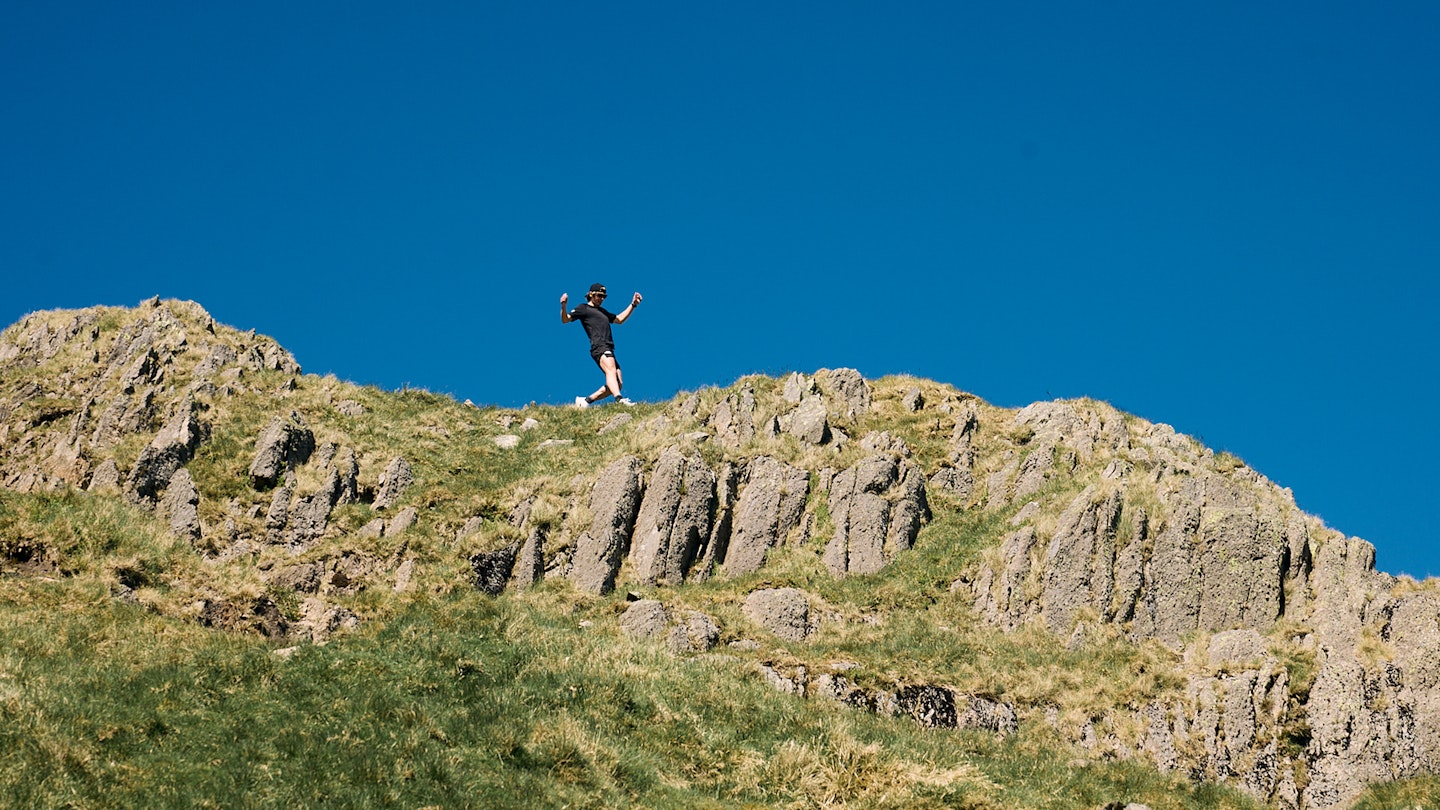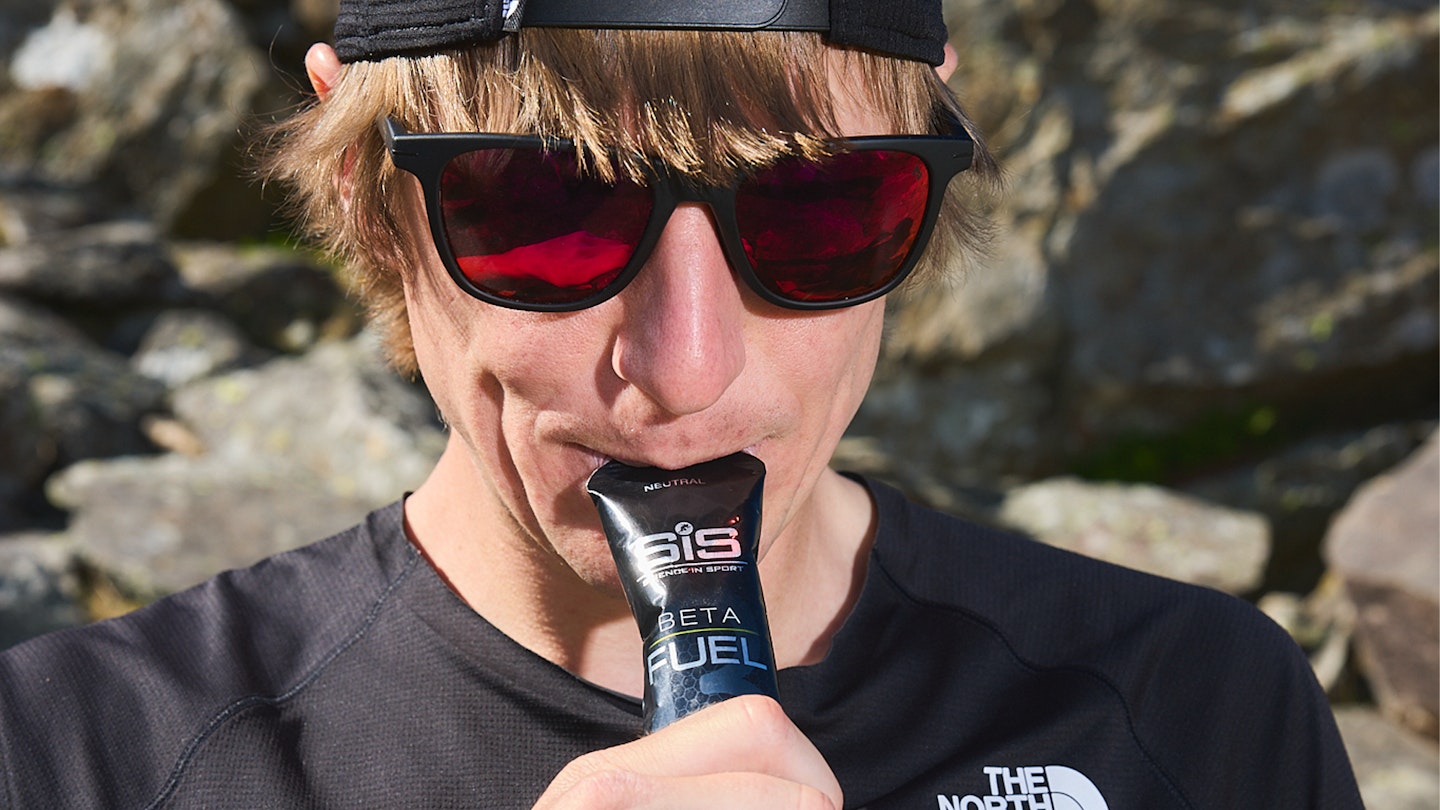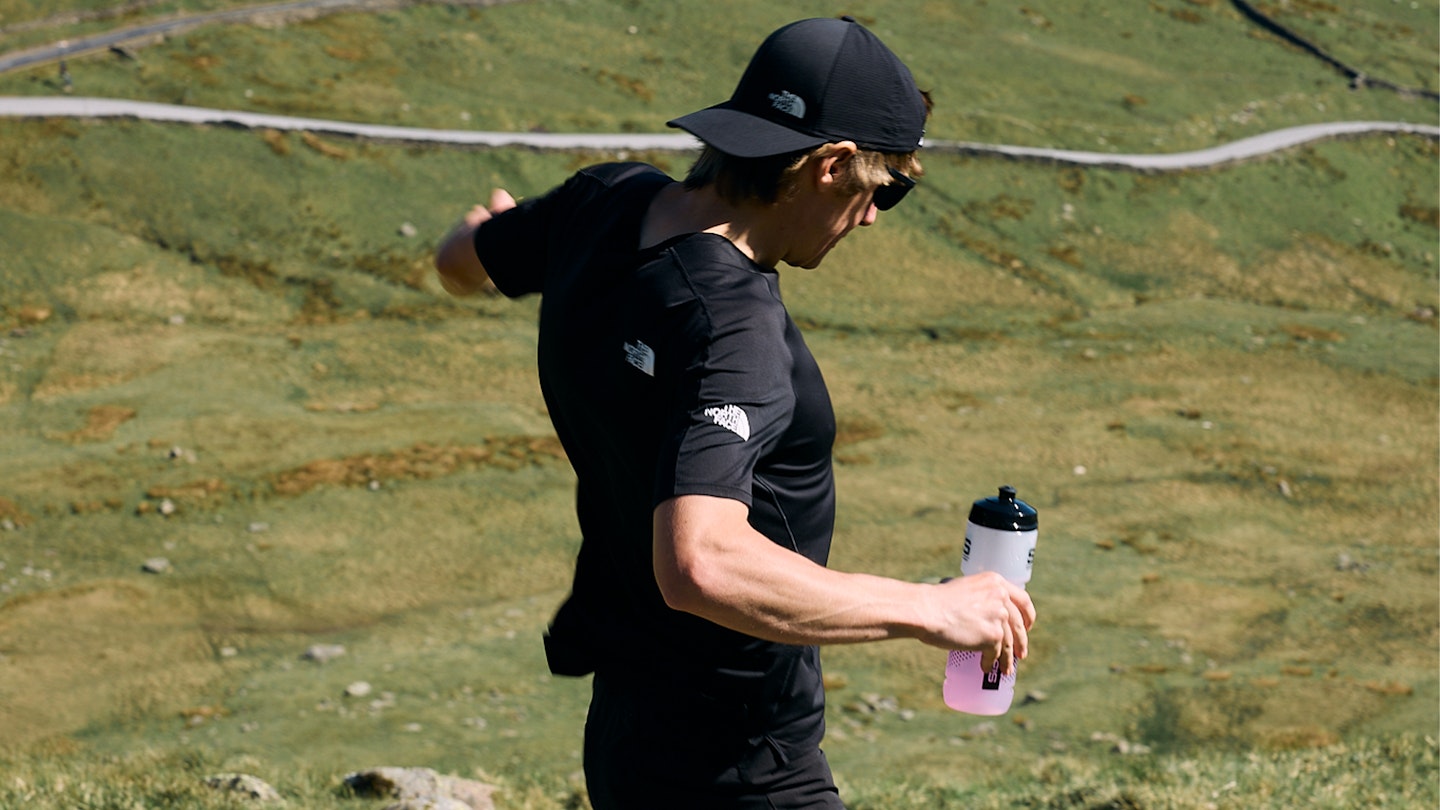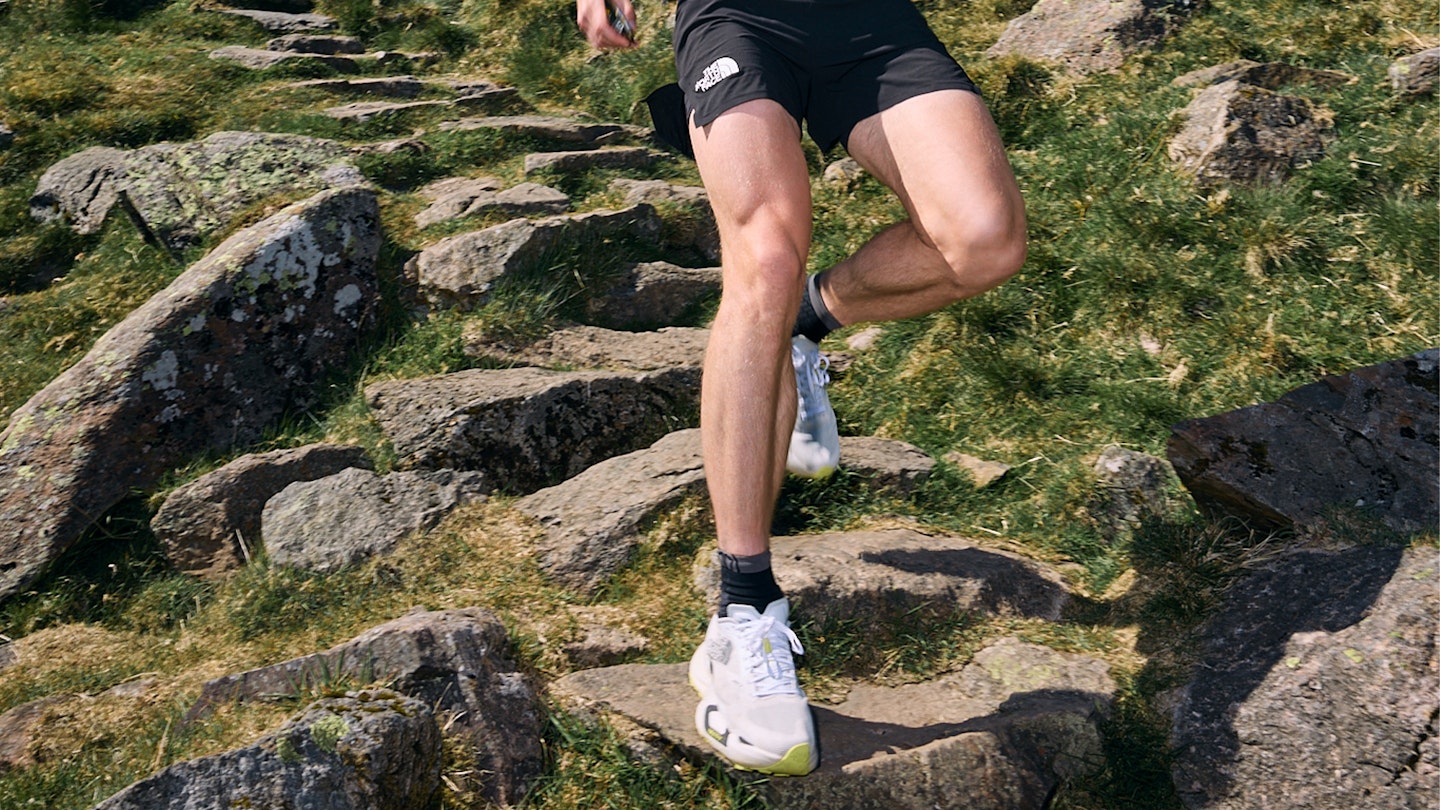If you’ve already conquered 26.2 miles and are wondering what comes next, ultramarathon might be the word bouncing around your brain. But how exactly do you step up from marathon training to running 50, 80, or even 100 miles?
In search of answers and advice, we sat down with professional ultrarunner and Science in Sport performance nutrition ambassador Josh Wade. Wade is one of the UK’s fastest rising names in ultra-distance running, and luckily he was willing to divulge the delicious details of how he trains for 100-milers.
We'll also guide you through taking your first steps beyond the marathon and hitting the kind of mileage that your colleagues will hum appreciatively at for at least 10 seconds. Josh recently worked with Science in Sport to dial in his training and nutrition, and the results have been impressive.
The short version? Don’t just add more miles. You’ll need to rethink your long runs, develop new fuelling strategies, and learn how to listen to your body like never before.
From 12-week plans to year-round focus

The traditional marathon training plan is often built around a 12- to 16-week build-up, with carefully periodised sessions, race-pace long runs and the occasional sweaty tempo. For many, it’s a one-off goal: follow the plan, run the race, hang up the shoes.
Ultrarunning, however, demands a more sustained, long-term approach.
“I've never done a proper marathon block,” says Josh. “But when I trained for Transgrancanaria this winter, which was my best result yet, I basically just did aerobic work all the way through the winter – zone 2 running, keeping things steady. Then I only did three weeks of specific work before the race.”
Instead of peaking for one day, Josh builds fitness slowly and sustainably. Mileage increases over months, not weeks, and the bulk of his work is kept well below threshold.
Rethinking the long run

If your weekend long run is already in the 20- to 22-mile range, it might feel natural to push that distance out as you train for an ultra. But Josh cautions against going too far.
“I only go up to five hours for my longest run. I don’t want to add on too much fatigue – after a 50-mile training run, you can be floored for days,” he explains. “That impedes your training later in the week.”
Instead, time on feet is the priority. Whether you're covering 25 or 35 miles, it’s the duration, terrain, and consistency that count.
Introducing uphill tempo sessions

Marathon training often includes tempo sessions on the flat, designed to improve lactate threshold. Josh does tempos too – but uphill, and for much longer.
“I do 45-minute uphill tempo efforts, continuous,” he says. “You can do them on a treadmill, but I’ve got hills. That’s where I get my endurance work in.”
This sort of sustained climbing effort helps build muscular strength and stamina – two things you’ll need in spades over technical or mountainous courses. Of course, it sounds bloody horrible, but you signed up for an ultra, so, get used to it.
Learn to pace (and take risks)

While pacing in a marathon is usually a straightforward matter of hitting even splits, ultra pacing is a more personal and hard to gauge matter.
“Pacing is a funny one,” says Josh. “If you bonk in a 100-miler, you’ve got a long way of death marching to the finish. That’s not what you want.”
He recommends being conservative if your goal is just to finish. But if you want a result, you may need to take a gamble. “Sometimes I go out solid and it could end badly – but if it doesn’t, you have a great day.”
Fuel the effort – and train your gut

Marathon fuelling advice usually focuses on 60g of carbohydrate per hour. For ultrarunners like Josh, that number can climb significantly – but only if you train for it.
“I worked a lot on gut training over the winter,” he says. “I built up from two hours at 100g per hour, to three hours, then four, and now I can take on 120g per hour in a race.”
Josh uses a combination of energy gels and carbohydrate drink, with his smartwatch beeping every 20 minutes to remind him to fuel. “It’s like being drip-fed energy. You need to fuel constantly to sustain the effort.”
Ditch the data, listen to your body

In the early stages of marathon training, watches and heart rate monitors are a runner’s best friend. But for Josh, feel trumps feedback.
“I don’t look at the watch at all now,” he says. “If my breathing gets too heavy, I’ll back off a bit. But if it feels comfortably hard, that’s a good place to be.”
That kind of awareness doesn’t happen overnight. “I couldn’t have done that a few years ago,” he admits. “But each year I keep investing in the process and learning more about what works.”
Recovery is key

You can’t train hard unless you recover harder. Josh takes his recovery seriously.
“As soon as I finish training, I have a recovery shake, banana, oat biscuits. When I get home – glass of milk, two eggs, then a shower and more food: nuts, tuna. Then probably a nap,” he laughs. “Sleep is great. Good food and sleep. That’s it.”
Final thoughts from Josh Wade

The leap from marathon to ultramarathon isn’t just about adding miles. It’s about developing a new mindset, building aerobic capacity over time, learning to fuel better, and recovering smarter. As Josh puts it, “You need to train the gut, pace conservatively, and just keep investing year on year.”
Take it slow, stay consistent, and if you’re lucky, you might even get to finish strong – rather than death march your way home.
Josh Wade is an ambassador for leading performance nutrition brand Science in Sport and fuels his training and competition with scientifically tested and formulated SiS products. To train like Josh, try the BETA Fuel Energy Gel. Designed to help you go longer with less stomach discomfort, it is ideal for endurance athletes needing a reliable boost.
About the author

The shrewd and unheard voice on the other side of this interview was Milo Wilson, our devilishly handsome trail running guru. Milo will talk to you all day about marathon training, but he had to rely on Josh to get the insider info on pushing your runs even further. If pressed, his only real bit of advice would be to buy some ultra running shoes if you haven't already.
